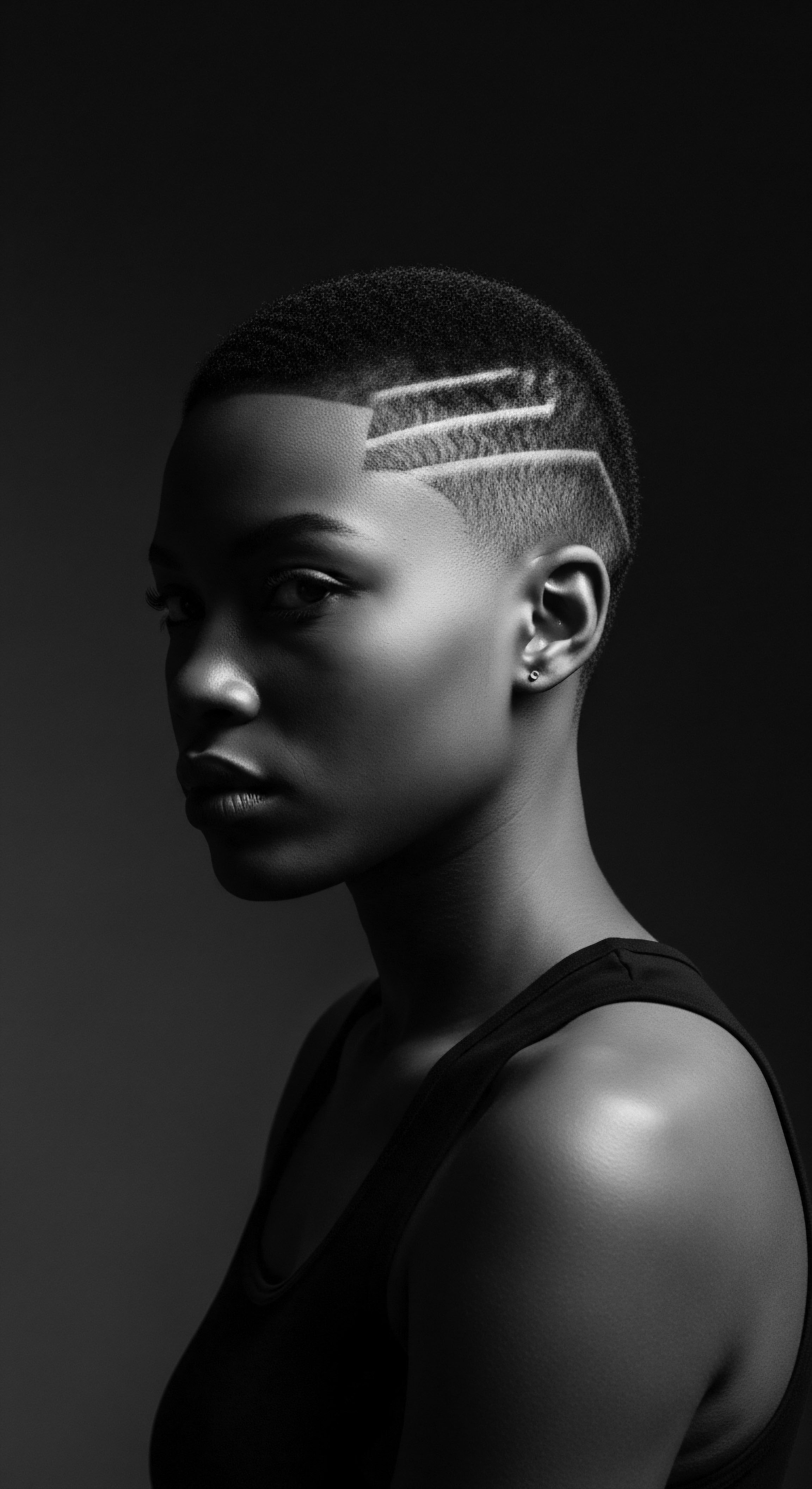
Fundamentals
From the deepest ancestral memories held within each coiled strand to the most intimate rituals of daily care, hair has consistently served as a profound marker of identity, spirit, and community for Black and mixed-race peoples. Understanding what comprises Hair Microaggressions requires acknowledging this rich, layered heritage. Simply put, Hair Microaggressions are the subtle, often unconscious, yet consistently devaluing messages and actions directed towards textured hair, particularly those coily, kinky, and tightly curled patterns that are inherently linked to African ancestry.
These slights, whether verbal, behavioral, or environmental, are not grand, overt acts of discrimination, yet they carry the cumulative weight of historical oppression and societal norms that have long privileged Eurocentric beauty standards. The persistent nature of these interactions, over time, can inflict deep emotional and psychological tolls.
The core interpretation of Hair Microaggressions rests upon the recognition that hair is never merely an aesthetic choice within these communities. It is, rather, a living archive, a visible testament to lineage, resilience, and unique biological design. The very structure of Afro-textured hair, with its elliptical follicle shape and varied curl patterns, determines its distinct properties, from its natural volume to its inherent need for specific care.
This elemental difference, a marvel of natural adaptation, became a target for colonial powers and later, for systems of racial subjugation. The designation of textured hair as “unprofessional,” “unruly,” or “unhygienic” stems directly from this historical devaluation, transforming biological reality into a basis for social hierarchy.
Hair Microaggressions represent subtle, yet deeply impactful, devaluing messages about textured hair, rooted in historical biases against Black and mixed-race hair heritage.
Consider the daily experience of countless individuals across the diaspora ❉ the unsolicited touch, the curious gaze, the question of “Is that your real hair?” These seemingly benign inquiries, though small in isolation, carry the echo of centuries when Black hair was scrutinized, policed, and forcibly altered to conform to oppressive ideals. Each instance serves as a reminder that one’s natural presentation remains outside a perceived norm, creating an environment of constant self-monitoring. This ongoing experience is a consistent, low-level stressor, undermining feelings of belonging and affirmation.
For those new to this concept, grasping the delineation of Hair Microaggressions begins with acknowledging the inherent dignity and profound cultural significance of Black and mixed-race hair. It means moving beyond a superficial view of hair as mere ornamentation. It requires an openness to understanding how historical narratives, often born of conquest and control, continue to shape contemporary perceptions.
The subtle statements and behaviors categorized as Hair Microaggressions highlight a continuous thread of bias, woven into the fabric of daily life, affecting individuals who carry their heritage visibly upon their heads. The explication of this term unveils a historical wound, one that manifests in quiet yet persistent ways.
The historical context of hair as a political and social marker in African societies offers a contrasting perspective. In many traditional African communities, hair styling was a sophisticated art, a means of communicating social status, marital status, age, tribal affiliation, and even spiritual beliefs. The intricate braided patterns and adornments served as powerful visual statements, reflecting a deep connection to ancestry and community.
The disruptions of the transatlantic slave trade severed many of these practices, yet the spirit of hair as a conduit for identity persisted, often in clandestine forms. Hair Microaggressions today are, in part, a modern manifestation of this enduring historical tension ❉ the ancestral understanding of hair as sacred encountering prevailing beauty standards that deny its inherent worth.
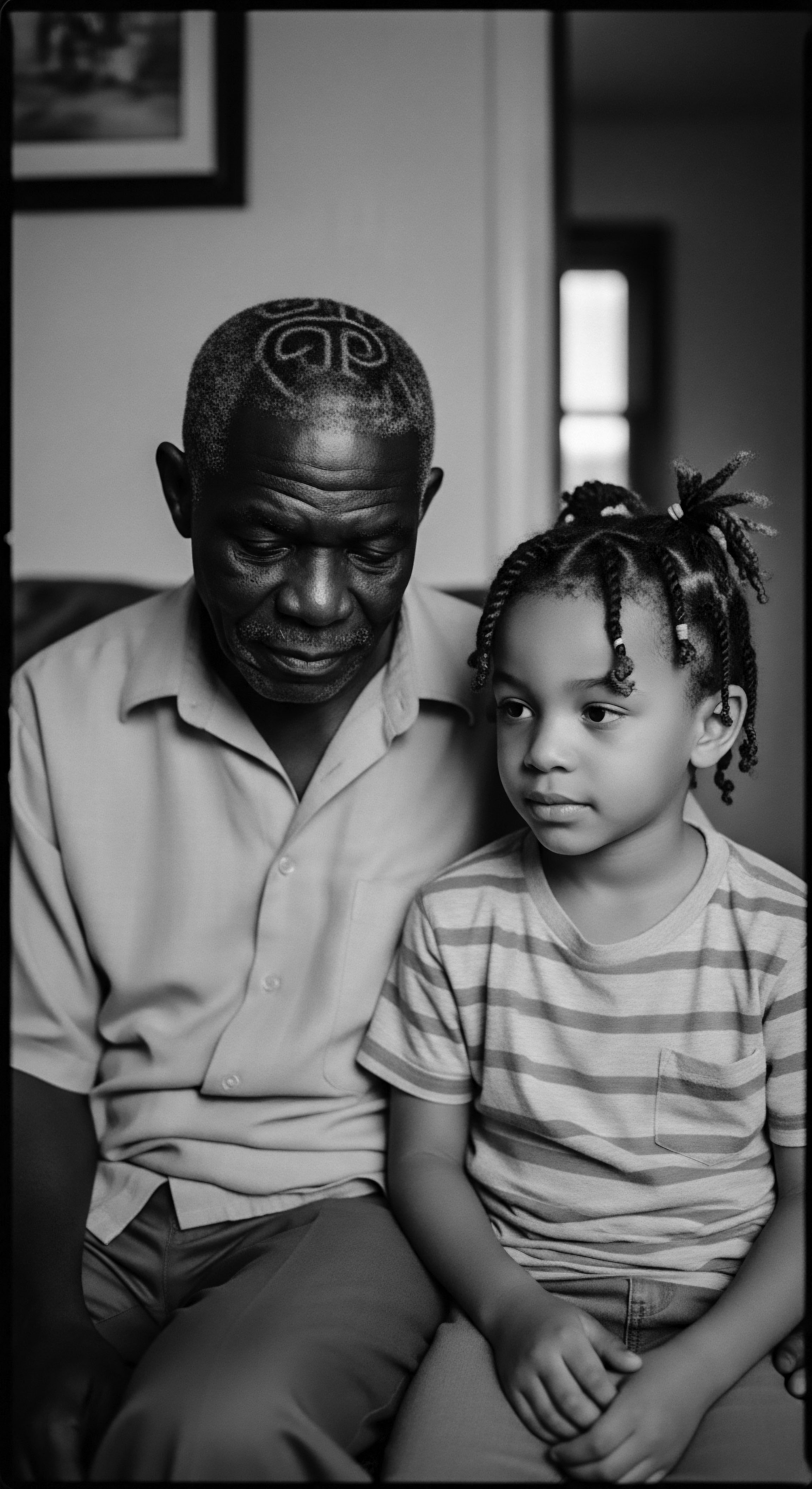
Early Manifestations of Hair Policing
To truly understand Hair Microaggressions, one must revisit the historical roots of hair policing. The forced assimilation of enslaved Africans in the Americas often included the systematic denigration of traditional African hairstyles. Hair was shaved, covered, or mandated into styles that minimized its natural texture, stripping individuals of a significant cultural connection and identity marker. This dehumanization, a stark form of aggression, established a precedent.
As Ayana D. Byrd and Lori L. Tharps chronicle in their comprehensive work, Hair Story ❉ Untangling the Roots of Black Hair in America, enslaved women sometimes resorted to desperate measures, like using axle grease to straighten their hair, in attempts to mitigate harsh treatment. This historical context provides essential background for the modern understanding of Hair Microaggressions.
The legacy of these early policies lives on in subtle biases. When contemporary individuals encounter a raised eyebrow at their natural coils or locs in professional settings, it echoes centuries of judgment. The inherent worth of textured hair was systematically undermined, creating a collective memory of hair as a site of vulnerability. This historical lineage shapes the contemporary experiences of Hair Microaggressions, where the slightest remark can summon profound historical pain.
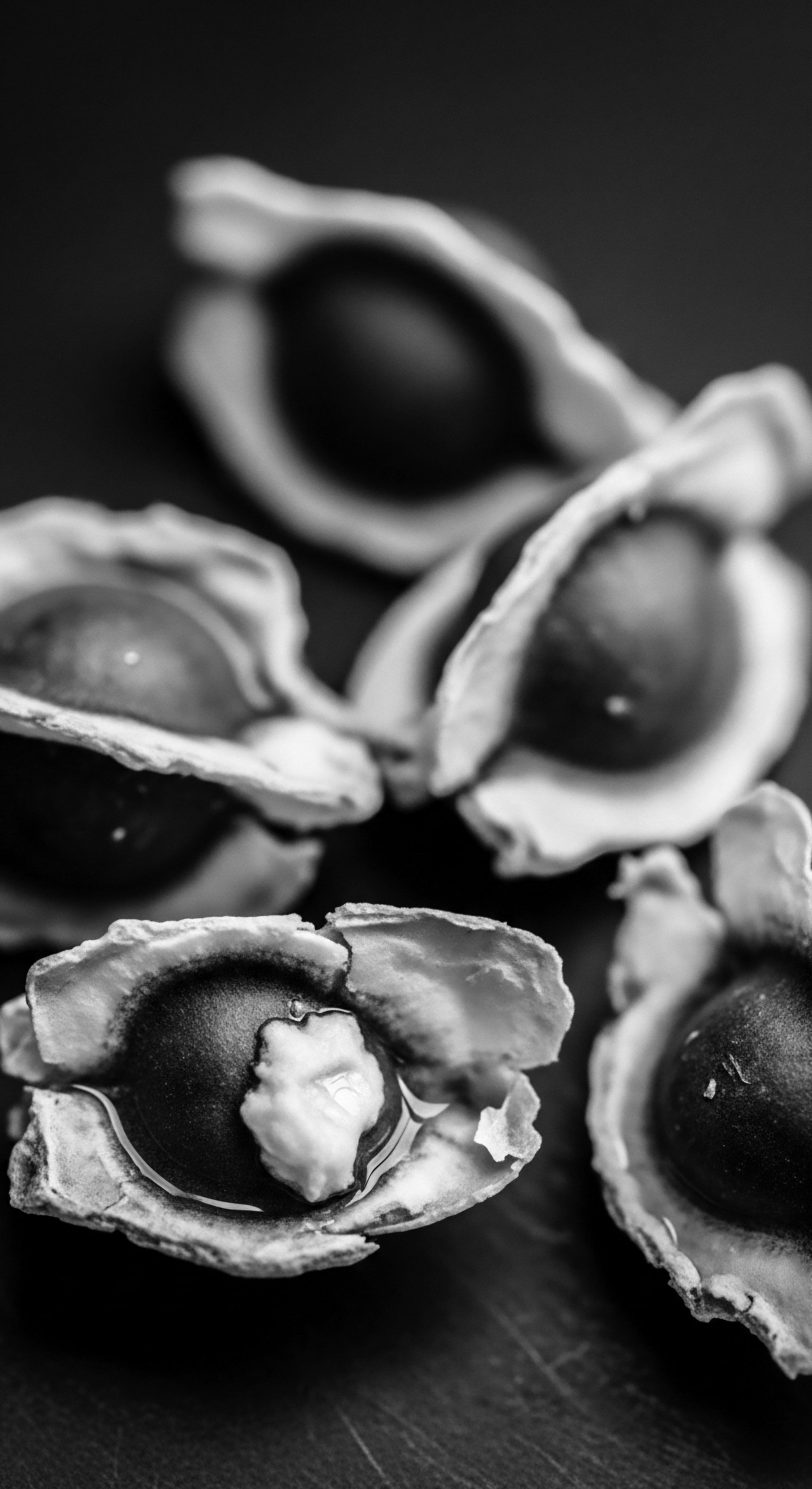
Cultural Heritage and Hair as Communication
Throughout various African and diasporic cultures, hair has functioned as a dynamic language, communicating a person’s life journey, status, and affiliations without uttering a single word. The intricate patterns, the purposeful parting, the addition of precious ornaments—all contributed to a rich visual lexicon. This intrinsic meaning underscores the true impact of Hair Microaggressions.
- Braids and Social Stratification ❉ In many West African societies, the complexity and style of braids could signify a person’s social standing. More elaborate braided styles often indicated a higher social status within the community.
- Locs and Spiritual Connection ❉ For some communities, such as the Maasai tribe in Kenya and Tanzania, locs are a traditional ceremonial style, holding spiritual and social distinction.
- Bantu Knots and Tribal Identity ❉ The Zulu Tribe of South Africa traditionally wears Bantu Knots, a style deeply embedded in their cultural identity.
The denial or diminishment of these expressions through microaggressive acts diminishes not only an individual’s personal agency but also a profound link to this ancestral communicative heritage. It implies that these rich forms of self-expression are somehow less valid or “less than.” This constant questioning of authenticity and belonging is a fundamental component of the Hair Microaggression experience.
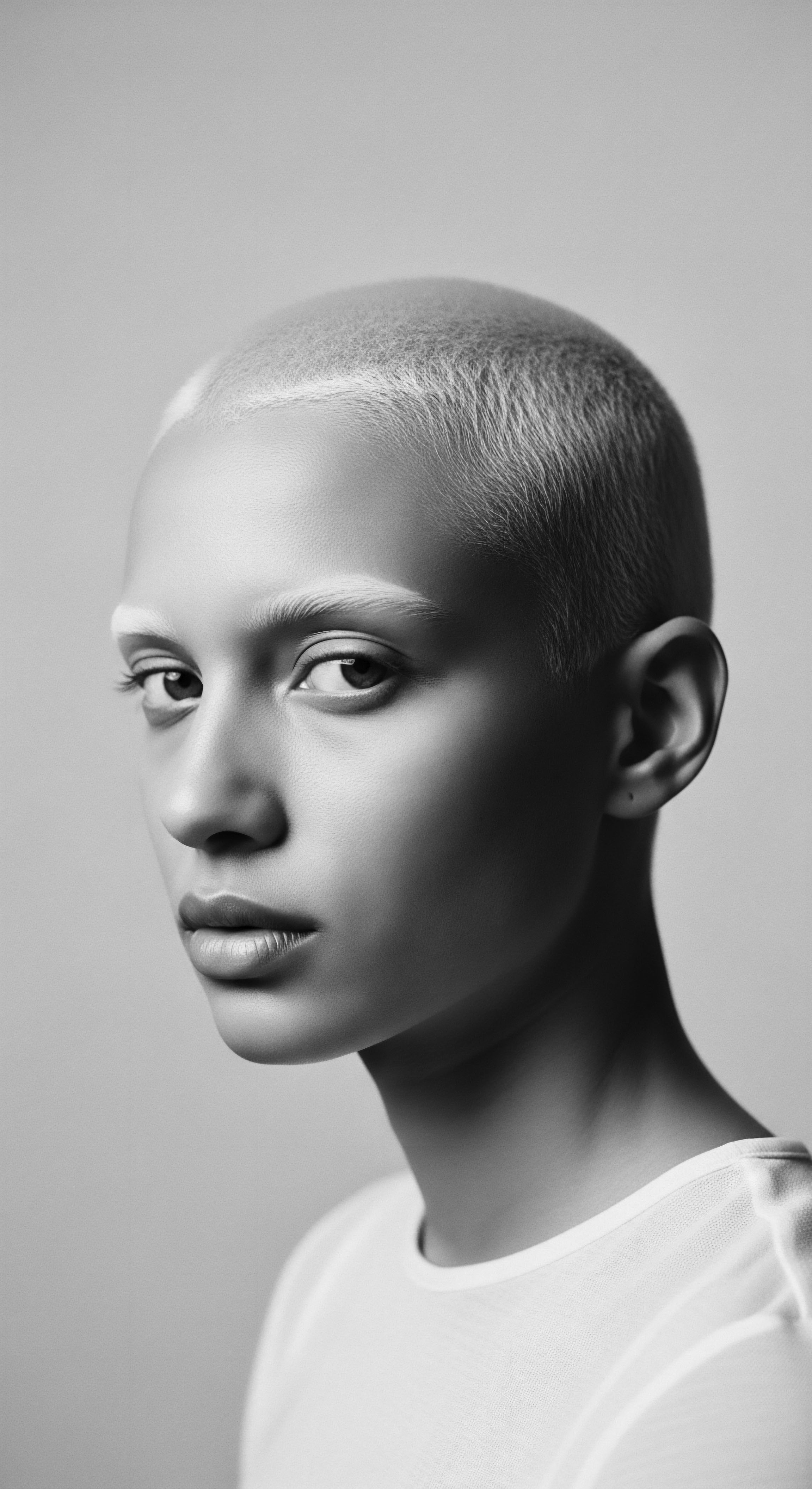
Intermediate
Stepping beyond the foundational understanding, the intermediate level of Hair Microaggressions recognizes these encounters as more than isolated incidents; they are symptomatic of deeper, systemic biases against textured hair and the individuals who wear it. This interpretation understands that these subtle affronts stem from a societal landscape where Eurocentric hair types have historically been positioned as the default, the “professional,” or the “beautiful” standard, relegating Afro-textured hair to an “othered” or “unacceptable” category. The significance of these experiences lies in their cumulative effect, eroding self-perception and fostering a sense of constant external scrutiny.
The common question, “Can I touch your hair?” serves as a prime example of a Hair Microaggression. While seemingly innocent to the perpetrator, this query, often accompanied by an unsolicited reach, demonstrates a lack of respect for personal boundaries and reduces an individual to an exotic spectacle. This behavior, particularly pervasive for those with Black and mixed-race hair, implies a fascination rooted in unfamiliarity, a notion that this hair type is so outside the norm that it warrants tactile inspection. This imposition can lead to feelings of objectification, discomfort, and a profound sense of otherness.
Hair Microaggressions are not random acts, but rather reflections of entrenched societal biases that normalize Eurocentric hair standards while devaluing textured hair.
Beyond the physical touch, the verbal declarations surrounding textured hair also hold significant weight. Remarks like “Your hair is so distracting” in a professional setting or “You look so much better with straight hair” from a family member carry heavy implications. These statements, though not overtly hostile, suggest that natural hair impedes one’s professionalism or attractiveness, creating an internal conflict for the recipient. The intention behind such comments might not be malicious, yet their impact is undeniably damaging, contributing to internalized pressures to conform.
The pressure to assimilate, a direct consequence of these microaggressions, carries psychological burdens. Research indicates that Black women who suppress aspects of their ethnic identity to conform to organizational standards frequently struggle with feelings of inauthenticity and internal conflict (Dawson et al. 2019; Dickens & Chavez, 2018, cited in ResearchGate, 2024).
This profound internal negotiation, a hidden battle waged by many, speaks to the insidious power of Hair Microaggressions. The constant need to consider how one’s hair will be perceived, and the adjustments made as a result, deplete mental and emotional resources.
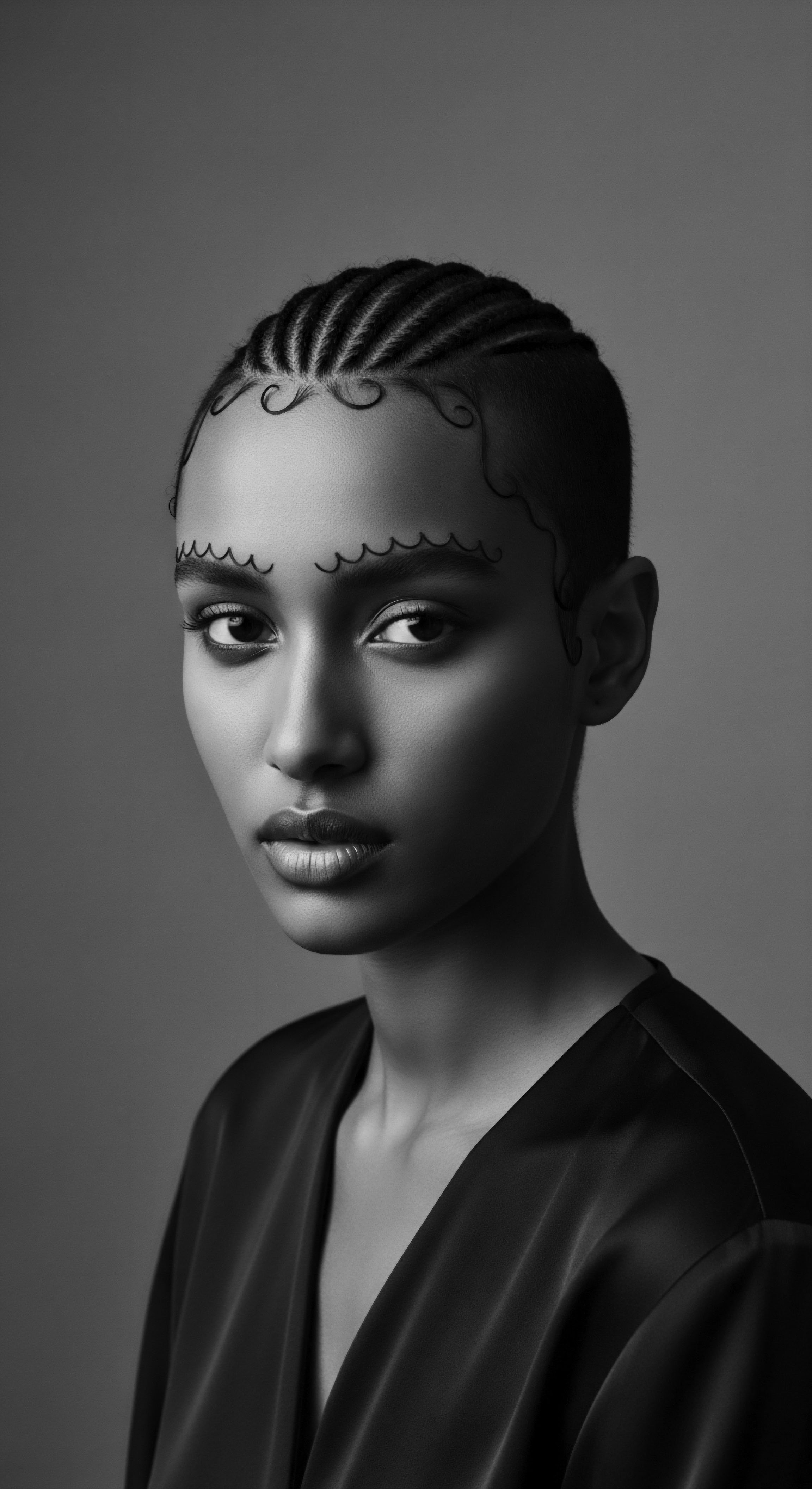
The Lingering Shadow of “Good Hair”
The discourse surrounding “good hair” and “bad hair” represents a deeply ingrained Hair Microaggression, one with historical origins that continue to haunt contemporary conversations. This hierarchical labeling emerged during slavery, where enslaved individuals with hair textures closer to European standards, often a result of mixed ancestry, were sometimes afforded marginally preferential treatment. This created a divisive internal stratification within Black communities, reinforcing the idea that certain hair types were inherently more desirable or acceptable.
Byrd and Tharps discuss how “good hair” was a term used during slavery that indicated how slave owners would treat individuals, serving as a direct status symbol. The term “good hair” is entirely a product of racist ideology, seeking to diminish the natural beauty and characteristics of Afro-textured hair.
Even today, the casual use of these terms, or the implicit preference for looser curl patterns, functions as a Hair Microaggression. It perpetuates a legacy of self-denial and the internalized belief that one’s natural texture is inherently less valuable. The journey for many Black and mixed-race individuals involves dismantling these inherited biases, recognizing that all hair, in its myriad forms, holds intrinsic beauty. The act of rejecting the “good hair” paradigm is a reclaiming of ancestral truth.
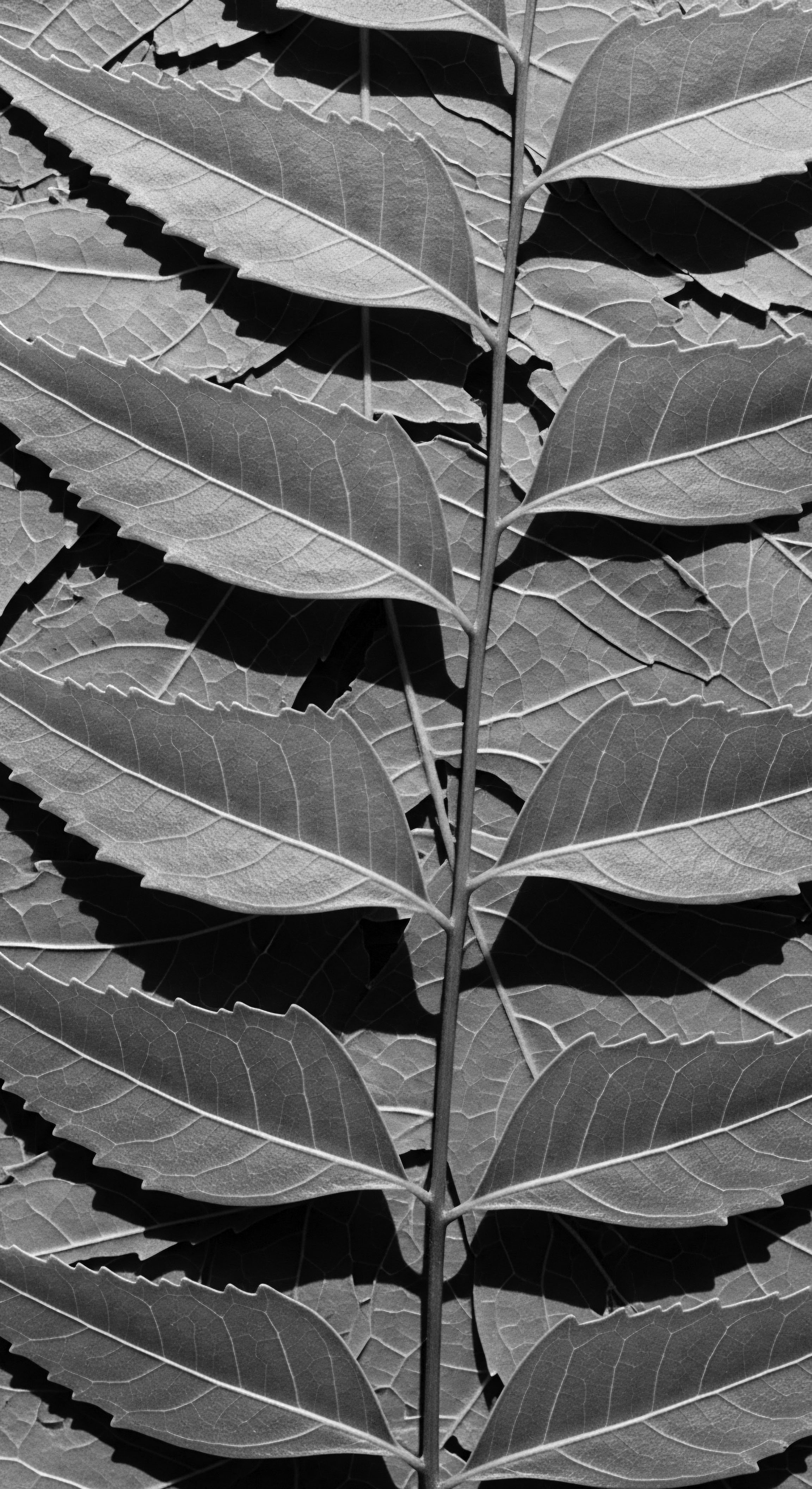
Psychological Reverberations of Microaggressions
The repeated exposure to Hair Microaggressions contributes significantly to psychological distress. These seemingly minor assaults chip away at self-esteem and self-worth, particularly for individuals navigating predominantly white spaces where their hair is perpetually perceived as “other.” The constant anxiety about how one’s hair will be received, and the fear of judgment or professional repercussions, can lead to chronic stress.
- Internalized Racism ❉ Persistent negative messages can lead individuals to internalize societal biases, resulting in negative self-image and a sense of shame regarding their natural hair.
- Hypervigilance ❉ Individuals may develop a heightened awareness of how their hair is perceived by others, leading to anxiety and excessive self-monitoring in social and professional environments.
- Cultural Disconnection ❉ The pressure to conform can lead to a disconnection from one’s cultural heritage and ancestral practices associated with textured hair.
These psychological effects are not theoretical; they are lived realities for many. The choice to straighten hair, often seen as a simple grooming preference, can frequently be a strategic decision to mitigate these constant microaggressive encounters and to avoid potential discrimination in schools and workplaces. This constant calculation, however, comes at a cost, both emotional and sometimes physical, due to repeated chemical or heat treatments. The very notion of having to alter one’s biological presentation for social acceptance is a profound injustice.
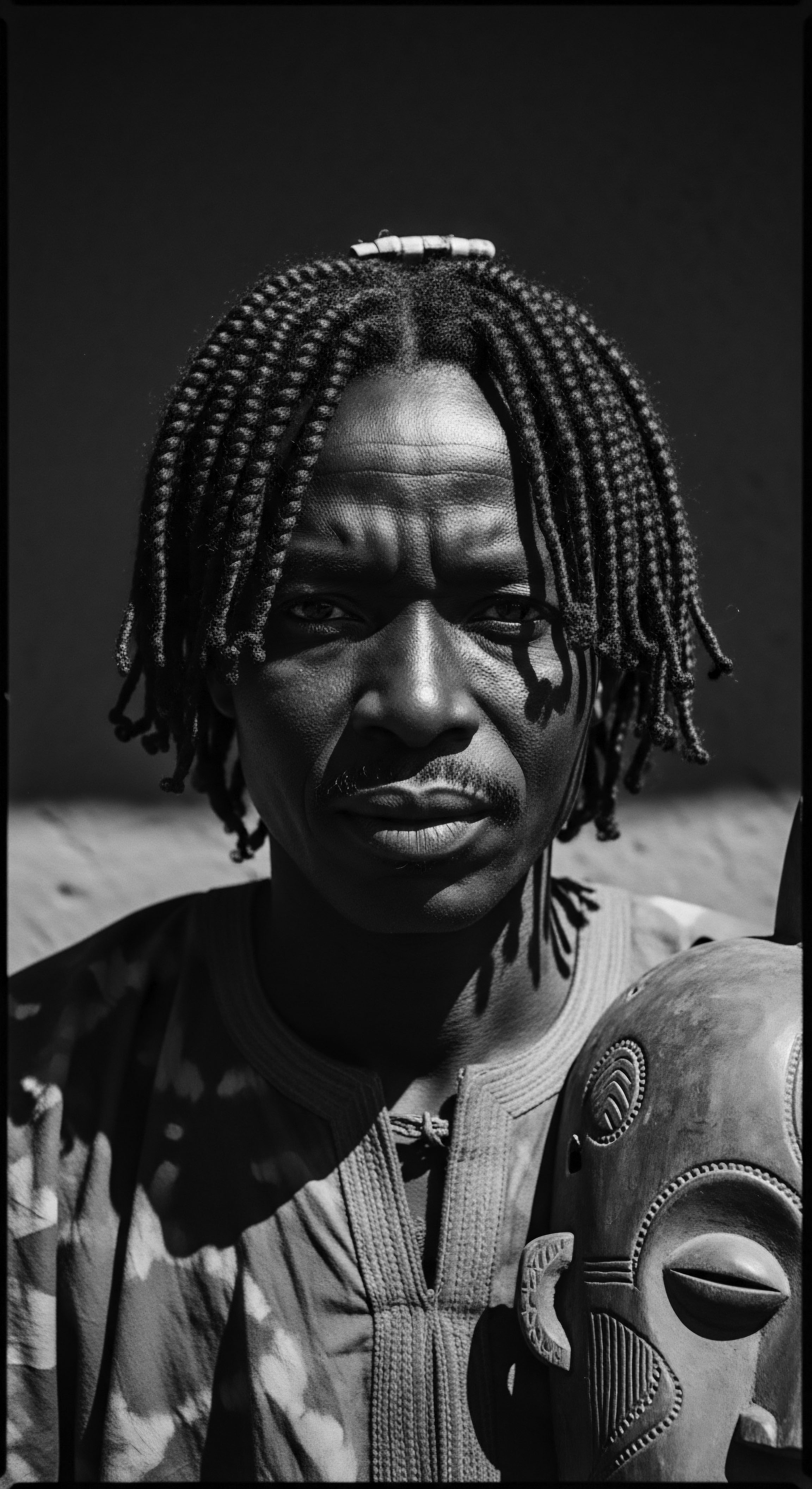
Academic
The academic understanding of Hair Microaggressions delineates them as a specific manifestation of racial microaggressions, rooted in the systemic denigration of Black and mixed-race hair textures within dominant societal frameworks. This framework posits that Hair Microaggressions are brief, everyday indignities, whether verbal, behavioral, or environmental, that communicate hostile, derogatory, or negative messages to individuals based on their hair type or style, particularly those associated with African ancestry. The scholarly consensus is that while these slights may appear trivial to the perpetrator, their cumulative effect contributes to a hostile environment, perpetuates systemic racism, and significantly impacts the psychological and professional well-being of the recipients. This understanding moves beyond individual intent, focusing instead on the impact of these interactions within a broader socio-historical context of racial hierarchy.
Central to this academic explication is Critical Race Theory (CRT), which asserts that race, rather than being a biological reality, functions as a social construct. CRT posits that physical attributes, including hair texture, have been historically associated with perceived negative traits to justify the oppression and exploitation of marginalized groups by dominant ones. As such, Hair Microaggressions are not isolated acts of individual bias, but rather insidious expressions of institutionalized racism, maintaining a social order where Eurocentric beauty standards are valorized while textured hair is pathologized. The designation of natural hair as “unprofessional,” for instance, directly links to a racialized construction of competence and acceptability, thereby limiting opportunities for individuals whose appearance deviates from these imposed norms.
One particularly salient historical instance illustrating the deep-seated policing of Black hair and a clear antecedent to modern Hair Microaggressions is the implementation of the Tignon Laws in Spanish colonial Louisiana in 1786. Under the decree of Governor Esteban Rodriguez Miró, free Black women, or gens de couleur libres, were compelled to cover their hair with a knotted headwrap called a tignon when appearing in public. The primary intention behind these laws was to visually distinguish these women from white women and to suppress their perceived beauty and elegance, which was seen as a threat to the established social order and to the status of white women who felt their husbands were unduly attracted to free Black women.
Virginia M. Gould, a historian, notes that the governor hoped these laws would control women “who had become too light skinned or who dressed too elegantly, or who competed too freely with white women for status and thus threatened the social order”.
This historical mandate, compelling a specific physical presentation to enforce racial and social hierarchy, profoundly illustrates how hair became a battleground for identity and control. Yet, the resilience and ingenuity of these women transformed an act of oppression into a statement of defiance. They adorned their tignons with vibrant fabrics, jewels, and feathers, turning a symbol of subjugation into a mark of creativity, wealth, and continued elegance.
This historical example showcases a systemic effort to diminish the visibility and perceived status of Black women through hair policing, directly aligning with the underlying mechanisms of contemporary Hair Microaggressions. The Tignon Laws offer a compelling historical precedent, illuminating the long lineage of policing Black hair.
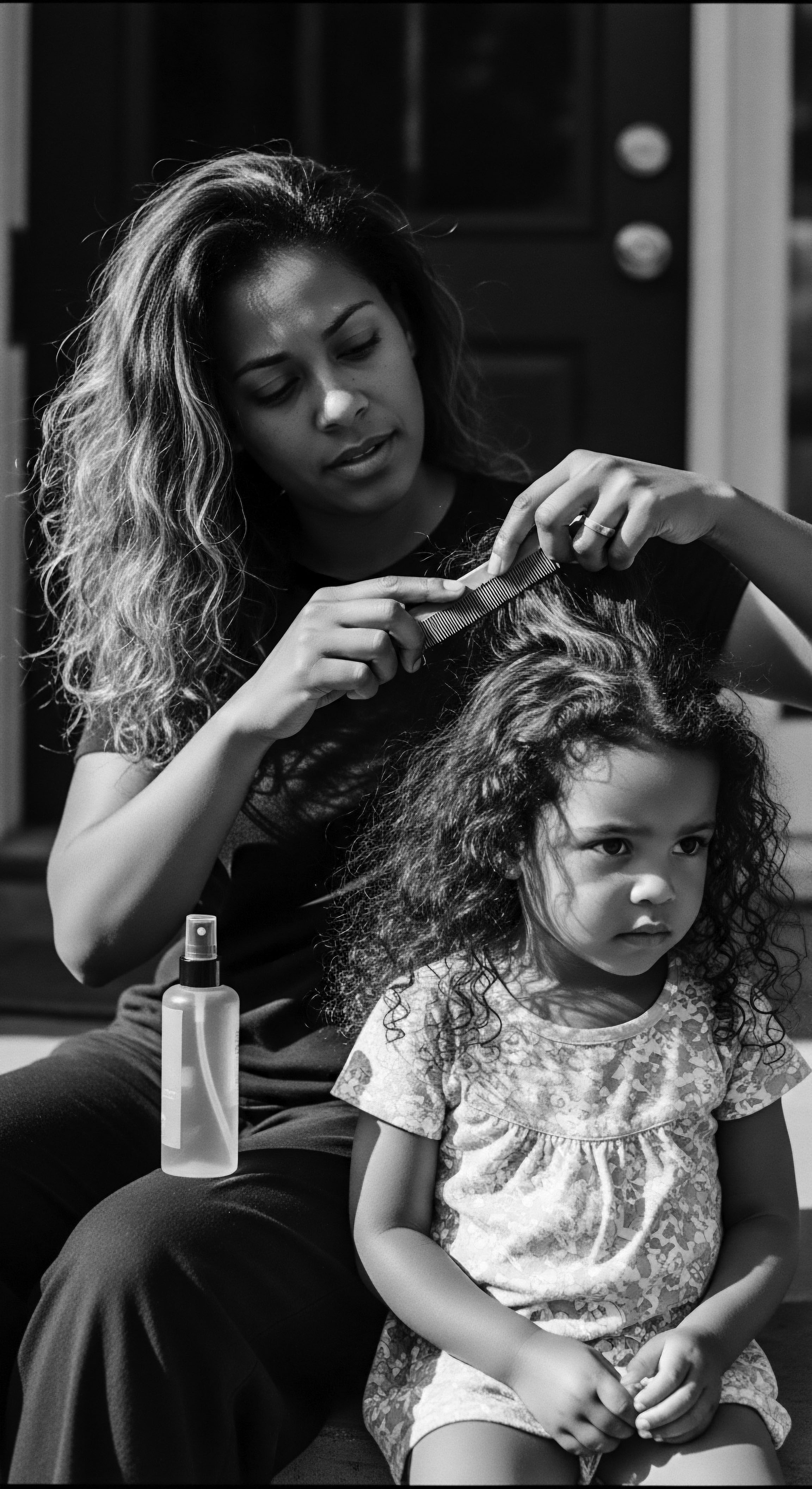
Empirical Evidence and Psychological Ramifications
Contemporary empirical research consistently substantiates the pervasive nature and detrimental impact of Hair Microaggressions. A 2023 study jointly conducted by Dove and LinkedIn revealed a stark reality ❉ Black Women’s Hair is 2.5 Times as Likely as White Women’s Hair to Be Perceived as “unprofessional”. This same study further elucidated that approximately two-thirds (66%) of Black women feel compelled to alter their hair for job interviews, with a notable 41% changing their naturally curly styles to straight ones. Such findings underscore the economic and professional disadvantages textured hair can pose in contexts shaped by Eurocentric standards, despite the skills and qualifications an individual possesses.
Moreover, this research indicates that Black women with coily or textured hair face twice the likelihood of experiencing microaggressions in the workplace compared to Black women who wear straighter hair. The prevalence of these experiences extends to alarming rates, with over 20% of Black women between the ages of 25 and 34 having been sent home from their jobs due to their hair. These disciplinary actions often lead to termination or impede career advancement, demonstrating the tangible, adverse consequences of hair-based bias. Such statistical delineations provide concrete evidence of the systemic nature of Hair Microaggressions and their far-reaching implications for livelihoods and professional trajectories.
The psychological ramifications of constant exposure to Hair Microaggressions are extensive and well-documented. Scholars in psychology and mental health highlight connections between these experiences and various forms of distress. The sustained pressure to conform to hair standards that do not align with one’s natural texture or cultural heritage can lead to chronic stress, anxiety, and a diminished sense of belonging. The very act of navigating spaces where one’s hair is subject to unsolicited comments, questioning, or touching creates a state of hypervigilance, diverting cognitive and emotional resources away from productive engagement.
| Aspect of Well-Being Mental Health |
| Manifestation of Impact Increased rates of anxiety, depression, and chronic stress often correlate with experiences of racial microaggressions, including those targeting hair. |
| Aspect of Well-Being Self-Perception |
| Manifestation of Impact Individuals may internalize negative stereotypes, leading to diminished self-esteem, negative self-image, and feelings of inauthenticity. |
| Aspect of Well-Being Identity Negotiation |
| Manifestation of Impact A constant internal struggle to balance authentic self-expression through hair with external pressures to conform, potentially leading to identity suppression. |
| Aspect of Well-Being Professional & Academic Spaces |
| Manifestation of Impact Feeling isolated, misunderstood, or unfairly judged, contributing to reduced representation and advancement. |
| Aspect of Well-Being The persistent, subtle slights of Hair Microaggressions contribute to significant psychological burdens, influencing how individuals perceive themselves and interact with their environments, with deep roots in historical discrimination. |
The emotional burden extends to physical health as well. The stress of managing a marginalized identity, particularly through efforts to alter one’s natural hair texture, can lead to physiological responses associated with prolonged stress. Moreover, the historical and ongoing use of chemical relaxers to achieve straightened hair, often driven by societal pressures, has been linked to adverse health outcomes, including an increased risk of certain cancers. This interplay of social pressure, psychological distress, and physical health consequences underscores the severe nature of what are often dismissed as “minor” slights.
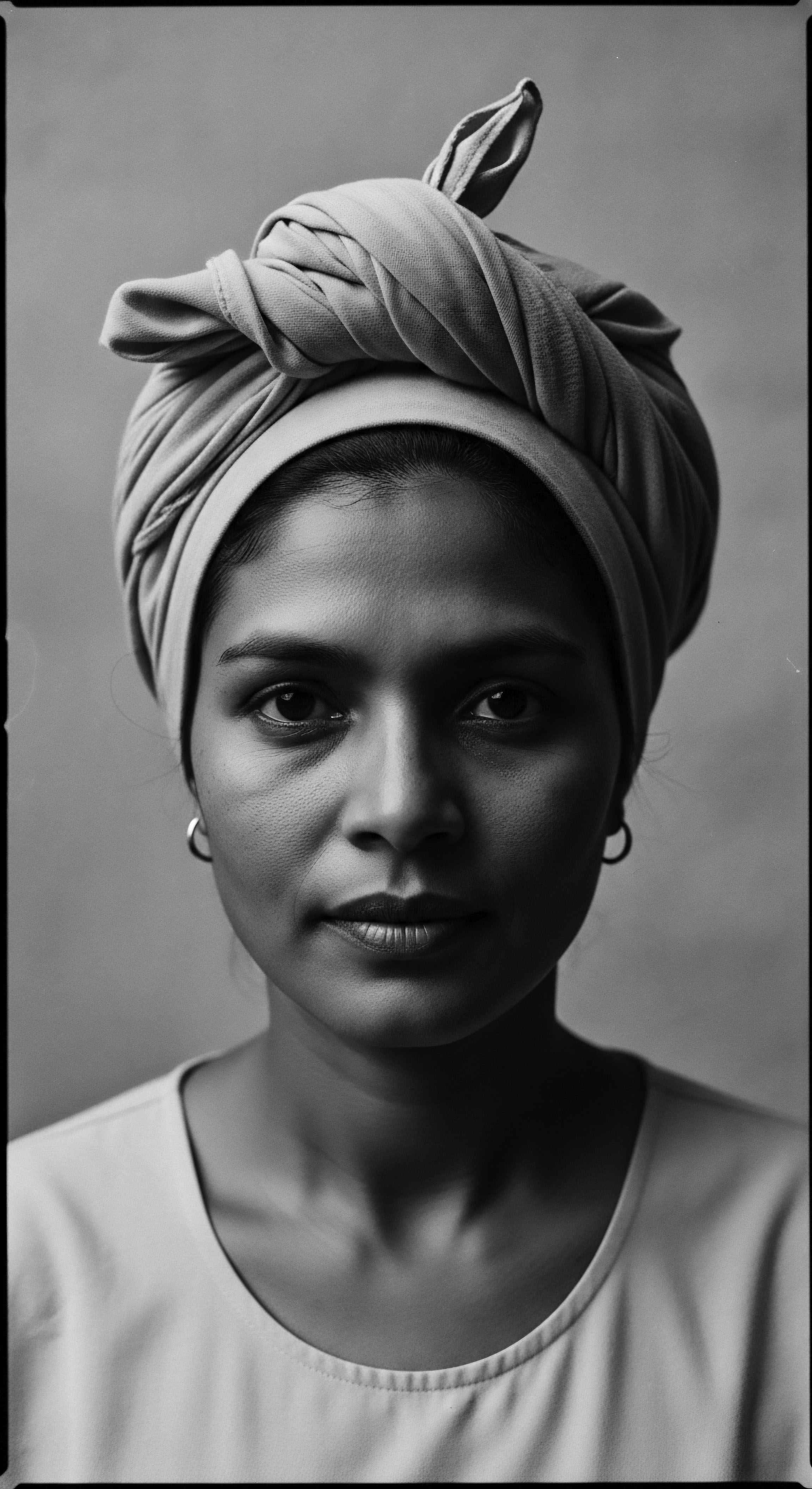
Ancestral Practices as Sites of Resistance and Reclamation
Against this backdrop of systemic bias, ancestral hair care practices emerge as powerful counter-narratives and acts of resilience. For centuries, across diverse African societies, hair care was a communal, sacred, and deeply symbolic activity. The processes of cleansing, oiling, braiding, and adorning were not merely cosmetic; they were rituals passed down through generations, embodying collective wisdom, familial bonds, and spiritual connection. The meticulous care involved in creating intricate styles spoke to patience, artistry, and a deep reverence for the body.
The ancestral knowledge of natural ingredients, such as specific oils, herbs, and butters, for promoting hair health and manageability demonstrates a sophisticated understanding of textured hair’s unique biological requirements. These practices represent a holistic approach to well-being, where physical care was inextricably linked to spiritual and social flourishing. The historical disruption of these practices during periods of enslavement and colonialism represented a direct assault on cultural continuity and self-determination.
The contemporary Natural Hair Movement, burgeoning in the 1960s with the “Black Is Beautiful” movement and resurging in the 2000s, is a modern manifestation of reclaiming these ancestral legacies. This movement represents a collective choice to embrace natural hair textures and styles, rejecting imposed Eurocentric beauty standards. It is a powerful statement of self-acceptance and cultural affirmation, directly confronting the implicit biases embedded in Hair Microaggressions. When individuals choose to wear their hair in its natural state—afros, locs, braids, twists, Bantu knots—they are, in essence, enacting a form of resistance, a reclamation of a heritage that was systematically devalued.
The advocacy for legislation such as the CROWN Act (Creating a Respectful and Open World for Natural Hair) further demonstrates this societal pushback against hair-based discrimination. This legislation, passed in numerous states and introduced at the federal level, prohibits discrimination based on hair texture or protective hairstyles commonly associated with a particular race or national origin. The very necessity of such laws underscores the deeply entrenched nature of Hair Microaggressions within institutions, necessitating legal protection for what should be a fundamental aspect of personal and cultural expression. The CROWN Act stands as a testament to the ongoing struggle for recognition and respect for textured hair, translating ancestral calls for dignity into modern legal frameworks.
The significance of Hair Microaggressions within an academic context, then, becomes clear ❉ they are not isolated phenomena but rather symptoms of a racialized society where hair serves as a visible marker for the imposition of power dynamics. Understanding their meaning requires examining historical precedents, analyzing contemporary data, and acknowledging the profound psychological, social, and economic consequences for individuals and communities of African descent. The ongoing battle against Hair Microaggressions is therefore an integral part of the broader fight for racial justice and the affirmation of diverse cultural inheritances.
The ongoing academic discourse also explores the concept of intersectionality in relation to Hair Microaggressions. This perspective recognizes that the experience of hair bias is not uniform; it intersects with other facets of identity such as gender, class, and regionality. For example, the experiences of Black women in corporate settings often differ from those of Black men in academic institutions, or Black children in primary schools, each facing unique pressures and forms of hair policing. This intersectional lens provides a more nuanced explication of how power structures operate, making visible the specific vulnerabilities and resiliences within various Black and mixed-race communities.
- Colonial Eras and Hair Control ❉ During the transatlantic slave trade and subsequent colonial periods, African hair was often shaved, covered, or chemically altered, stripping individuals of a significant cultural identity marker and creating a foundation for hair-based oppression.
- “Good Hair” Vs. “Bad Hair” Paradigm ❉ The societal imposition of a hierarchy valuing straighter, Eurocentric hair as “good” over coily or kinky textures as “bad” created internalized biases and contributed to the pressure for assimilation.
- Resistance Through Hair in Movements ❉ The Civil Rights Movement and the “Black Is Beautiful” era in the 1960s saw the widespread adoption of Afros and other natural styles as symbols of Black pride, self-love, and political resistance against discriminatory beauty standards.
These historical movements and shifts in perception underscore the dynamic and politically charged nature of Black hair, providing a deeper meaning to the subtle daily slights that constitute Hair Microaggressions. The academic study of this phenomenon not only describes its various forms but also investigates its long-term social and psychological impacts, advocating for a societal re-evaluation of beauty and professionalism that genuinely includes and celebrates the rich diversity of human hair. This scholarly pursuit aims to illuminate the complex layers of meaning embedded within textured hair, affirming its inherent worth and countering centuries of systemic devaluation.
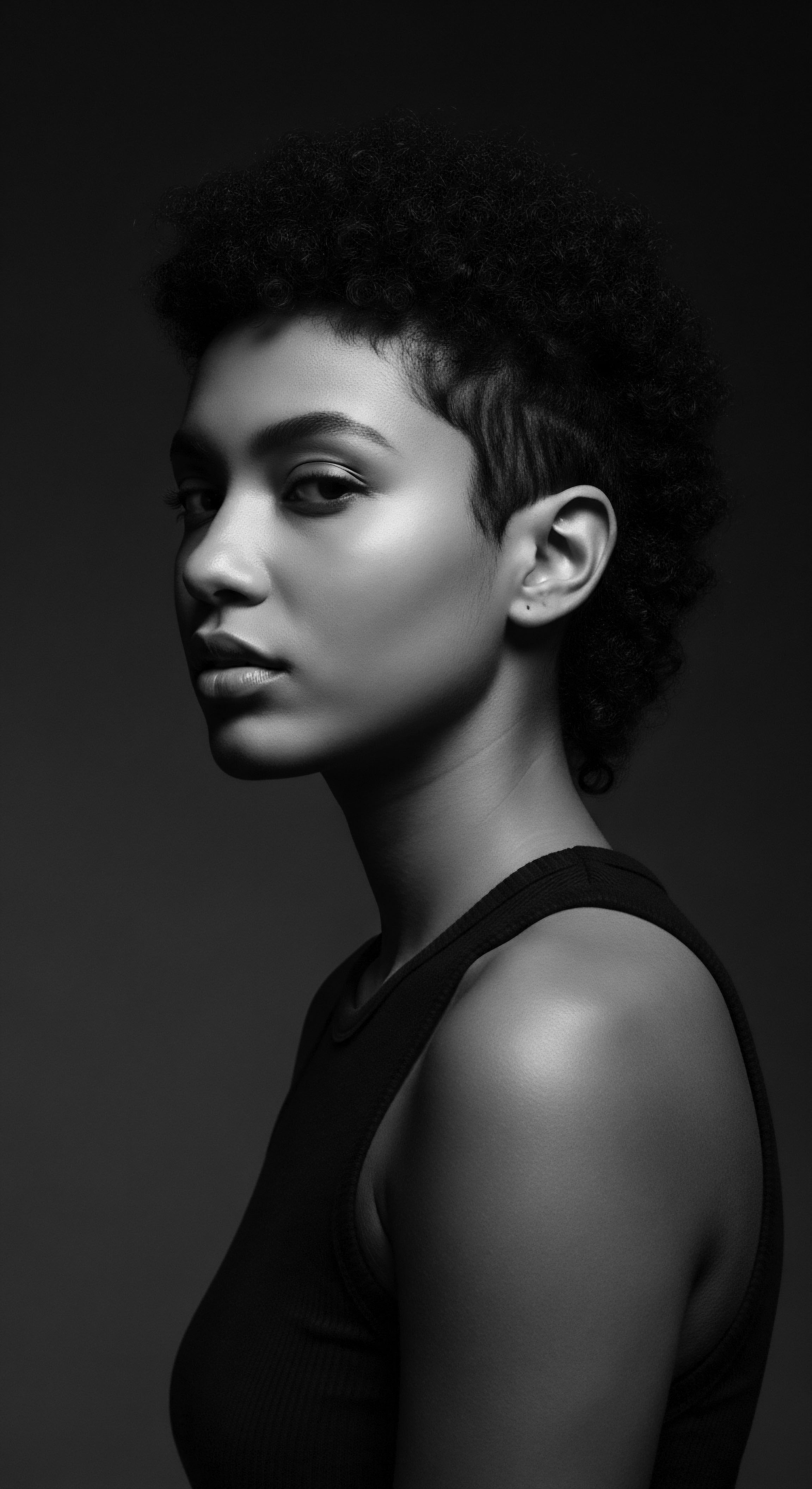
Reflection on the Heritage of Hair Microaggressions
The journey through the intricate layers of Hair Microaggressions compels a thoughtful pause, inviting us to contemplate the enduring spirit of textured hair and its deep ancestral resonance. Our exploration reveals that these subtle slights are not peripheral concerns, but rather deeply woven into the fabric of a shared human experience, echoing the historical policing of Black and mixed-race hair. The understanding of this concept ultimately transforms our perception, moving from superficial observation to a profound appreciation of the resilience inherent in every coil, every kink, every loc.
The continuous presence of Hair Microaggressions, from the overt Tignon Laws of a bygone era to the understated remarks of today, serves as a poignant reminder of an ongoing struggle for self-definition. Yet, within this struggle, an undeniable truth emerges ❉ the heritage of textured hair is one of profound beauty, unwavering strength, and boundless creativity. It is a heritage of adaptation, of turning constraint into expression, as exemplified by those audacious women who transformed a mandated head covering into a vibrant testament to their spirit.
The lessons gleaned from elemental biology, ancient practices, and modern science converge to illuminate a singular truth ❉ textured hair possesses its own unique wisdom. It asks for respect, for understanding, and for a space where its inherent characteristics are celebrated, not scrutinized. The echoes from the source remind us of hair’s primary role as a crown, a connection to the divine, and a story written on the head.
As we collectively move forward, embracing the nuanced landscape of hair diversity, our task becomes one of active affirmation. It means recognizing the profound significance of hair in voicing identity and shaping futures. It means nurturing the tender thread of communal care that has historically sustained and celebrated textured hair traditions.
Ultimately, reflecting on Hair Microaggressions leads to a deeper respect for the boundless spirit of those who wear their heritage visibly, transforming perceived flaws into undeniable strengths. Each strand carries the indelible mark of ancestry, a vibrant story awaiting its full, unburdened unfoldment.
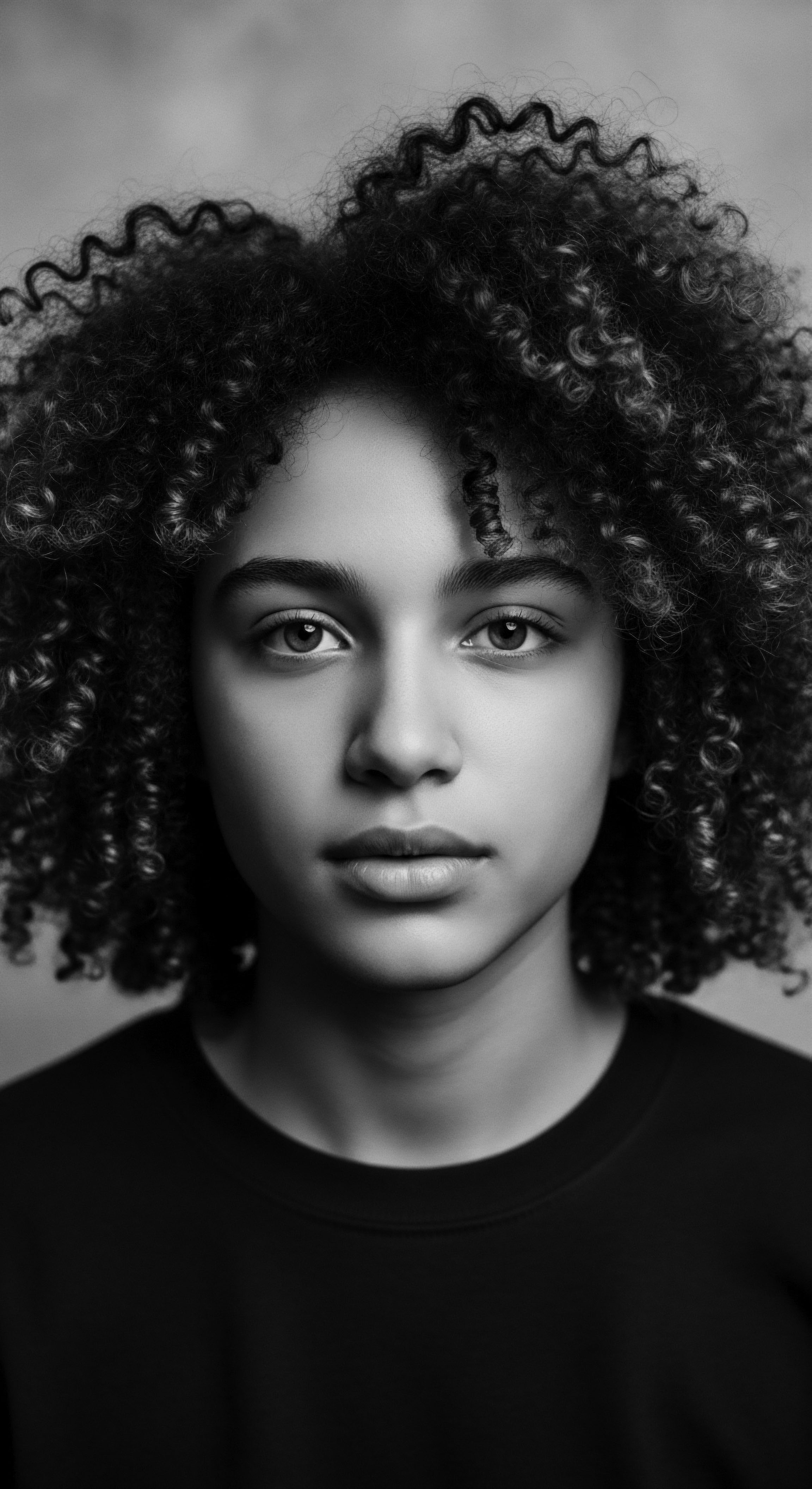
References
- Byrd, Ayana D. and Lori L. Tharps. Hair Story ❉ Untangling the Roots of Black Hair in America. St. Martin’s Press, 2001.
- Capodilupo, Christina M. et al. “The manifestation of gender microaggressions.” Journal of Counseling Psychology, vol. 57, no. 1, 2010, pp. 63-73.
- Koval, Christy Zhou, and Ashleigh Shelby Rosette. “The Natural Hair Bias in Job Recruitment.” Social Psychological and Personality Science, vol. 11, no. 7, 2020, pp. 977-987.
- Mbilishaka, Afiya M. and Chike Akua Apugo. “Don’t Get It Twisted ❉ Untangling the Psychology of Hair Discrimination Within Black Communities.” American Journal of Orthopsychiatry, vol. 90, no. 6, 2020, pp. 687-695.
- Mercer, Kobena. Welcome to the Jungle ❉ New Positions in Black Cultural Studies. Routledge, 1987.
- Patton, Tracey Owens. “Hey Girl, Am I More Than My Hair? African American Women and Their Struggles with Eurocentric Standards of Beauty.” Journal of Black Studies, vol. 37, no. 3, 2007, pp. 235-258.
- Sue, Derald Wing, et al. “Racial Microaggressions in Everyday Life ❉ Implications for Counseling.” American Psychologist, vol. 62, no. 4, 2007, pp. 271–286.
- Tolliver, Starling, et al. “Historical Perspectives on Hair Care and Common Styling Practices in Black Women.” Cutis, vol. 115, no. 3, 2025, pp. 95-99.
